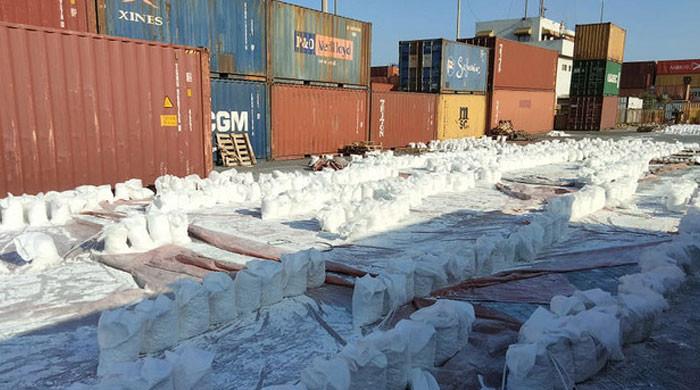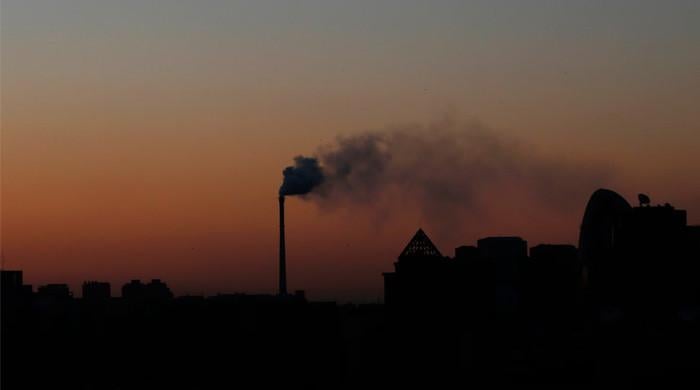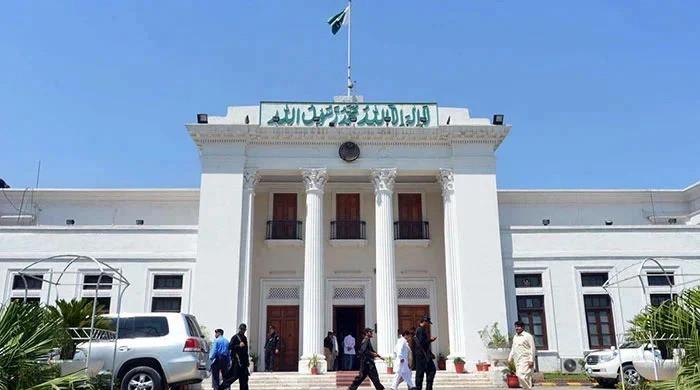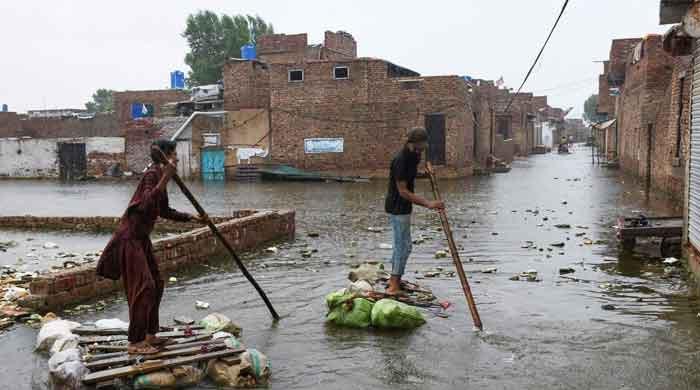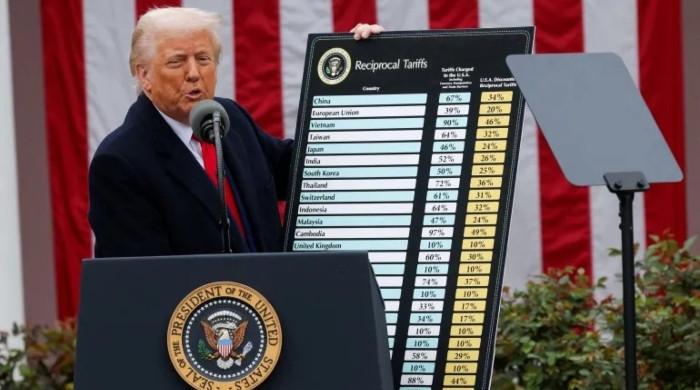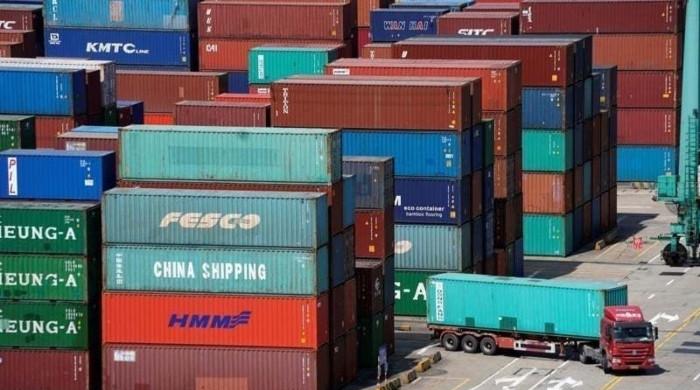Too much cash in the system
Too much cash chasing too few goods is inflation, and we have been riding one wave after another without addressing root cause
December 11, 2022
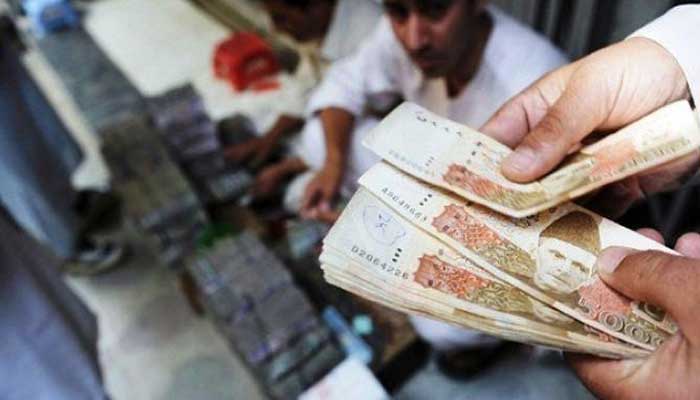
Currency in circulation makes up almost 20% of Pakistan’s GDP, increasing from 8%, only about a decade back. The explosive growth of the money supply has led to too much cash in the economy chasing too few goods.
As the supply of goods remained constrained – since that cash never worked to increase aggregate supply – it exerted pressure on the exchange rate resulting in the depreciation of the Pak rupee over the years. A natural consequence of too much cash chasing too few goods is inflation, and we have been riding one wave of inflation after another without addressing the root. The root cause is the prevalence of too much cash in the system, and that needs to be sucked out.
It is a structural problem that is now out of control. The inability to address it may eventually lead to hyperinflation, while policymakers in Mississauga, London, and Islamabad will keep harping on about how conventional monetary economics does not work for us, as if we are situated on another planet. It works well, and bouts of inflation as a consequence of growth in the money supply are a testament to the same.
Demonetisation is a radical way to solve this problem, which comes with its own set of problems. Demonetisation is often touted as a fix-all panacea for the bogeyman of corruption, but it does more than that. A strategy that demonetises the largest currency note in circulation — Rs5000 – will massively reduce the currency in circulation, as most of the same are denominated in currency notes of Rs5000.
This is how it can be played out. The central bank announces the demonetisation of the Rs5000 currency notes and gives a hard deadline of six months for everyone to deposit the same in their respective bank accounts. But Pakistan has one of the lowest financial inclusion levels in the world, which would then require the central bank to enable every citizen of the country to have a bank account linked to their CNIC, just like we have in the case of the National Tax Number. Each citizen can walk into any bank branch, or just use their mobile phone to open a bank account and deposit their stash of Rs5000 currency notes in the same. Sounds simple, but it isn’t.
This will send shockwaves across the informal economy, from the usual real-estate rent seekers to traders, and wholesalers – the usual coterie that tries to stay out of the tax net. There will be massive political opposition, but we can either fix structural issues or pander to rent seekers. We have been doing the latter for the last seven decades, maybe we can try to fix structural problems for a change.
With every citizen having a bank account, it will be possible to deposit the demonetised currency notes in an orderly manner. Extra effort may be required in areas where the prevalence of banks is low, and for the same purpose dedicated camps can be established to facilitate the same. Similar infrastructure is rolled out during elections, or natural disasters.
The technology infrastructure that enables efficiency and prompt payments already exist in the form of RAAST, which can allow payments to be done through the formal financial system. Similarly, all biometric data already exists with NADRA that can be used for opening up accounts. Effectively, the technology stack to accomplish demonetisation exists at this time, and someone just needs to execute it here.
As the demonetised currency notes are deposited in the banking system, the overall size of the formal financial system will start growing, which will reduce the equilibrium interest rate in the near term, pushing banks to start taking a risk and lending to the private sector. Demonetisation will increase the available supply of capital that can be redirected towards productive capital and eventually push up aggregate supply.
However, this does not give free passage to the government which continues to run fiscal deficits. As more capital comes into the system, there needs to be a rationalisation of the tax policy such that the capital remains in the system, and is not harassed out. Currently, the tax policy is structured such that it is more convenient and economically efficient to stay out of the formal financial system – and this needs to change through a more encompassing fiscal policy.
Demonetisation will have a high social and political cost, and there will be unintended consequences. When India demonetised a few years back, there was massive social unrest, and its quarterly GDP took a one-time hit, but since then it continues to grow at high single-digit levels while payments have largely shifted to the digital medium. A consequence of this is muted inflation and mid-single-digit interest rates that spur economic growth.
The cost of inaction, and not bringing the money supply under control is much higher than any social or political cost. The technology exists to mitigate any potential risks and to make the process easier for the citizens of the country. If price stability is a critical mandate for the central bank, then it must work towards this, rather than extending the year by which a hypothetical inflation target can be met without making much effort to address structural inefficiencies.
The country is at the stage of a monetary and economic cycle where any delays in addressing structural weaknesses are only going to make things worse, eventually leading to hyperinflation fueled by a mix of excessive debt burden, a fiscal squeeze, and a depreciating aggregate supply.
Demonetisation is a radical step that may garner popular public support, but may not be supported by various rent-seeking interest groups. We can either make economic policy that serves the interests of the citizens of the country, or we can continue to benefit a few thousand vocal rent seekers. The choice should be very clear.
The writer is an independent macroeconomist.
Originally published in The News





